Filming a Shape-Shifter
- sveahartle
- Feb 20, 2019
- 6 min read
One of the many challenges within the Poppie-project is the use and depiction of a shape-shifter on screen, morphing into one of his many characters. While I have watched many films containing a shape-shifter, such as e.g. Loki in Thor: The Dark World, I have never actually paid close attention to the various techniques used to depict them on screen. Since a lot of them required very advanced CGI anyways, I figured that this would be a tad early to take on for the longest time.
But now we have taken on a project that requires me, as its cinematographer, to find a solution that is not entirely relying of doing everything in post. Whilst post-production will still carry a vital role in creating and manipulating the image, it will be my task to create visuals that will make this work possible in the first place.
For this reason, I ventured into the research surrounding the depiction of shape-shifters on set. I will hereby neglect the solutions that rely entirely on creating CGI, as this is not a means we do have access to at the current point of writing (and stage of education either).
The Starting Point of My Research
When I first started my research on ‘shape-shifting’ (apart from the appalling number of conspiracy theories surrounding reptiloids) I found very little on the subject matter I was actually interested in. It was not until Lynley recommended me a scene from a TV show she’s seen, that I was introduced to the equivalent term of ‘morphing’:
With this alternative key word, a lot of video’s pertaining to filmmaking popped up, introducing me to the various means by which you could achieve this effect, all of which are not only applicable to characters, but also to objects in the frame.
With the video above, I was already immediately introduced into three different methods of morphing, which I named:
The On-Screen Morph
The Foreground Frontal
The Out-of-Shot Solution
The On-Screen Morph
This technique requires the application of a morph effect in post, which is usually found amongst the video transition. With Adobe Premiere, ever since Adobe Premiere Pro CC 2015, this effect is called ‘Morph Cut’, whilst Avid is employing this effect ever since Adobe Avid Media Composer 7, calling it ‘Fluid Morph’. These effects are usually used to hide pauses and repeated ‘uhms’ in interviews, as they help to hide the cut by analysing the background, identifying the face and morphing the images to match. After Effects does also have it’s own solution, which is called ‘Mesh Warp’, and a tad more time-consuming to apply and render.
However, from the camera-technical point of view, this shot requires a lot of preparation and accuracy in filming. Since two different shots are required – one for the first actor to be morphed out of, and one for the second actor to be morphed into – these shots need to marry up as precisely as possible.
This in turn requires that both actors are occupying the (almost) exact same area of the frame, with head, shoulders, and – ideally – the eyes at the exact same positions, as they usually function as a focus point for the audience’s attention. This type of morphing works best if the shots are static, as they limit the error margin dramatically. Also, I have not yet seen a successfully applied example of this type of morph in which moving shots were used.
The Foreground Frontal
One example of this technique would be the Vogue scene from the film The Devil Wears Prada, which I have linked here:
This technique also requires the use of two shots merged into one; however, it is slightly less difficult than the On-Screen-Morph. For this technique, both shots are combined by applying a hidden cut in the precise moment a passing object or character in the foreground of the frame is blocking the image completely. If this image is blocked by at least one frame, you can hide a cut in there, allowing you to stitch together these two shots.
With this technique, it is important to establish that the two different characters you want to merge together are not perceived as two entirely different people just happening to be filmed. You would want to establish that both actors are indeed the same person, either by a mutual recognition feature such as clothing or birthmark, or by the situation of the scene itself, such as having extras passing by in the background, thus establishing that this is the exact same time and place.
It requires a bit of practice, precision, and a good sense of timing. This holds true even more so if this is a moving shot, in which additional factors such as a matching pace and angle is required as well.
The Out-of-Shot Solution
This was the third and last option that I gleaned from the video Lynley recommended to me. With this technique, the morph of one character into another is created by the exchange of actors in the quick moment in which the character drops out of frame. This requires efficiency and quickness, as this is achieved in one continuous shot, which is the reason why the swap cannot take too long.
A Fourth Option: The Advanced Morph
This was another option I came across in further research, which is a slightly different variant of the On-Screen Morph. Here, the morphing of an object stands in the foreground of the technique. Furthermore, this technique only requires a single shot, as you could have a set dresser standing by, helping you to swap one object for another before quickly moving out of shot again.
Stationary or Moving?
The question of whether you should apply a static shot or a moving one to depict the story really depends on the type of technique you end up using. With the On-Screen Morph and the Advanced Morph, a moving shot requires additional and extensive work, as not only the characters’ positions need to match up, but also their respective backgrounds as well.
With the Foreground Frontal, movement could occur in three different ways: Either the camera remains static and the character/object in the foreground of the image passes, or the character/object in the foreground remains still while the camera moves around it, or both of them move. Similarly to the On-Screen Morph, practice and timing will play a crucial part.
Lastly, with the Out-of-Shot Solution, camera movement is the crucial element that makes the shot work at all. Whilst it would also be possible for the actor to duck out of frame and be replaced by another, this solution would be far less credible than a slight push of camera into the action (especially if the camera then briefly focuses on something or someone else in the interim, motivating the push cinematically).
What’s My Job Then?
With the four techniques mentioned above, I maintained that precision and timing would be key, garnered with a lot of rehearsals and practice. But how do you practically pull this off? How do you guarantee (or at least facilitate) achieving a correct timing?
In order to ensure that both time and space are equally occupied by both actors, you obviously need to establish the same goals. For this purpose, I researched a bit further and found a very helpful – albeit time-consuming – solution that would even allow for a character to morph WHILE MOVING!
With this method, you mark down the steps that each actor has to take. In order to ensure that both actors are hitting those marks at the same time, you keep a metronome running that the actors can hear and follow the beat to. By giving them a point out of shot to focus to, you ensure that the position of their heads and eye-lines remain the same, further ensuring that both characters claim as similar a space within the frame as possible. However, in order to make that shot work without enslaving your editor for incredible amounts of time, you have to ensure that both actors have the exact same height to facilitate the match in the edit.
My Thoughts
From all the options above, I would personally consider either the Foreground Frontal or the Out-of-Shot Solution as my favourite, since I find more visually creative solutions with this technique. Whilst precision in my camera work would be required by all of them, I feel that the On-Screen Morph leaves too much in post.
However, I will discuss this matter further with Lynley and conduct some test shots in the near future to settle this question. Since all three techniques will require me to up my precision and skills on camera, I don’t think that I will lose out in either case.
References:
Chinfat (2017) E33 - The Morph Cut - Adobe Premiere Pro CC 2017 [online] https://www.youtube.com/watch?v=xb63rG-bX9c&list=PLRG4t0YYtkIzejIqbZ-qKOLjQchEri9ev&index=25&frags=pl%2Cwn [Accessed on: 20 February 2019]
Coffee & Celluloid (2015) Adobe Morph Cut vs Avid Fluid Morph [online] https://www.youtube.com/watch?v=ML1kKzzipwM&list=PLRG4t0YYtkIzejIqbZ-qKOLjQchEri9ev&t=0s&index=24&frags=pl%2Cwn [Accessed on: 20 February 2019]
Eliyahu Rod (2011) The Devil Wears Prada – Vogue Scene [online] https://www.youtube.com/watch?v=f8jaRra5Aq8&frags=pl%2Cwn [Accessed on: 20 February 2019]
Frankel, D. (2006) The Devil Wears Prada [DVD] USA and France: Fox 2000 Pictures et al.
FXhome (2018) How to create morph effects | HitFilm Express [online] https://www.youtube.com/watch?v=LDcLZnxH8H0&list=PLRG4t0YYtkIzejIqbZ-qKOLjQchEri9ev&index=29&frags=pl%2Cwn [Accessed on: 20 February 2019]
Olufemii Tutorials(2015) The NEW Morph Cut in Adobe Premiere CC 2015 [online] https://www.youtube.com/watch?v=iV4vBRbXD9g&list=PLRG4t0YYtkIzejIqbZ-qKOLjQchEri9ev&index=27&frags=pl%2Cwn [Accessed on: 20 February 2019]
ProductionCrate (2018) Loki Morphing Tutorial After Effects [online] https://www.youtube.com/watch?v=QC8SPv2YhSY&list=PLRG4t0YYtkIzejIqbZ-qKOLjQchEri9ev&index=26&frags=pl%2Cwn [Accessed on: 20 February 2019]
Shapeshift Videos (2018) Candice Morphing [online] https://www.youtube.com/watch?v=9RwQiG57J7U&list=PLRG4t0YYtkIzejIqbZ-qKOLjQchEri9ev&index=30&frags=pl%2Cwn [Accessed on: 20 February 2019]
Surfaced Studio (2014) ADVANCED MORPHING - Adobe After Effects Tutorial [online] https://www.youtube.com/watch?v=JY38kZFbGcY&index=28&list=PLRG4t0YYtkIzejIqbZ-qKOLjQchEri9ev&frags=pl%2Cwn [Accessed on: 20 February 2019]
Taylor, A. (2013) Thor: The Dark World [DVD] USA: Marvel Studios and Walt Disney Pictures
Visuals Kingdom (2018) HOW TO: MESH WARP TRANSITION // MORPH ANYTHING [online] https://www.youtube.com/watch?v=qvFb8CuLQj4&list=PLRG4t0YYtkIzejIqbZ-qKOLjQchEri9ev&index=24&frags=pl%2Cwn [Accessed on 20 February 2019]









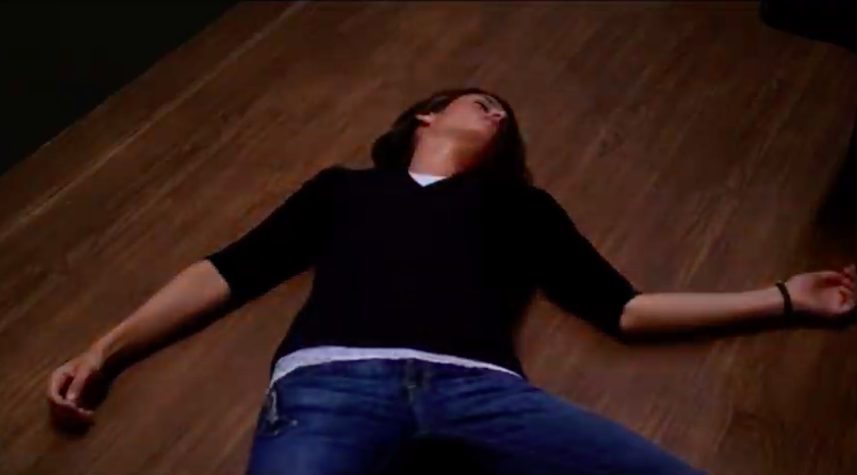

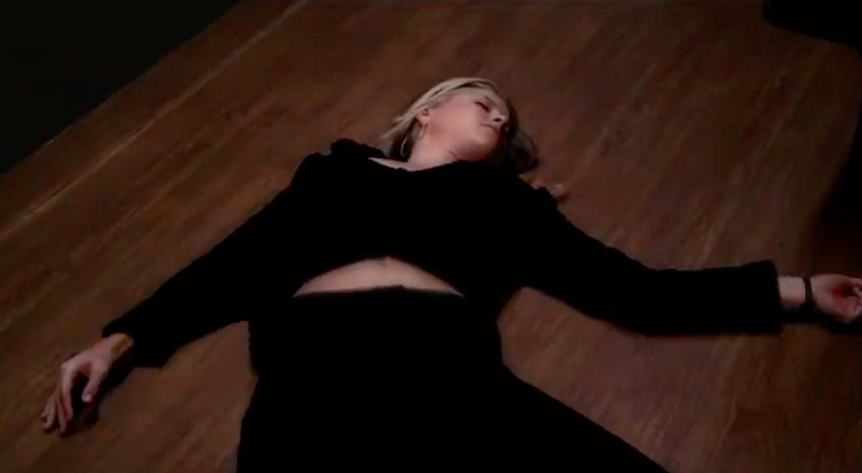

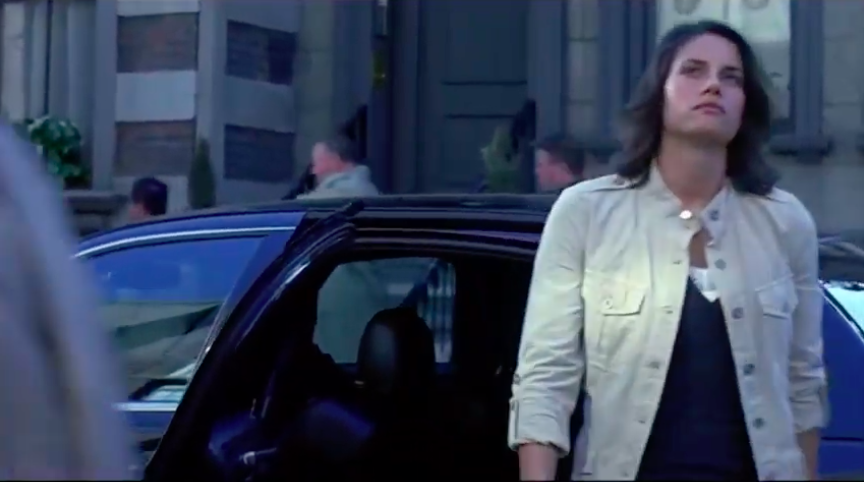

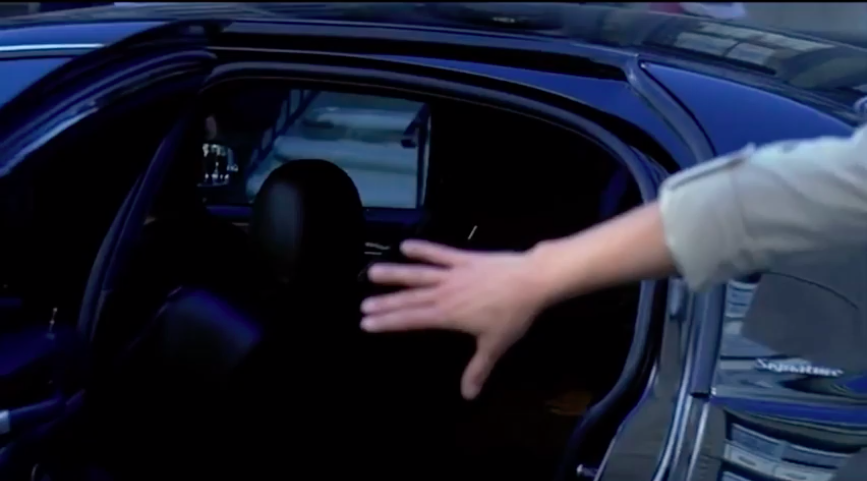

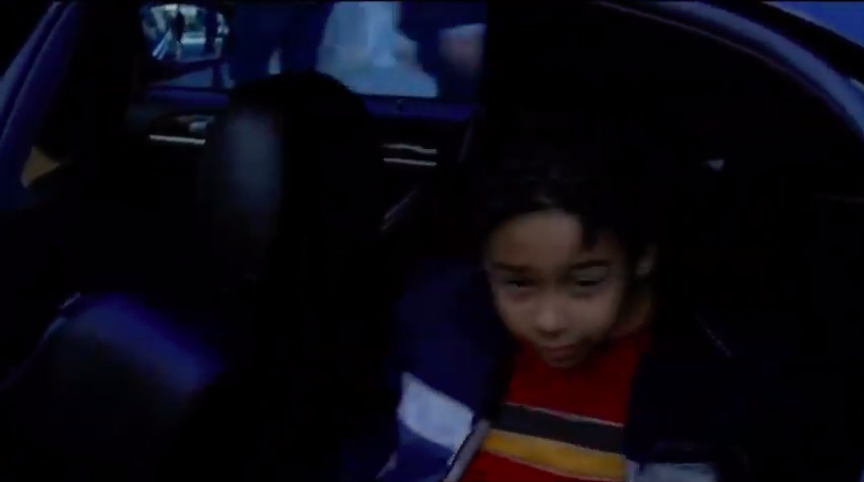

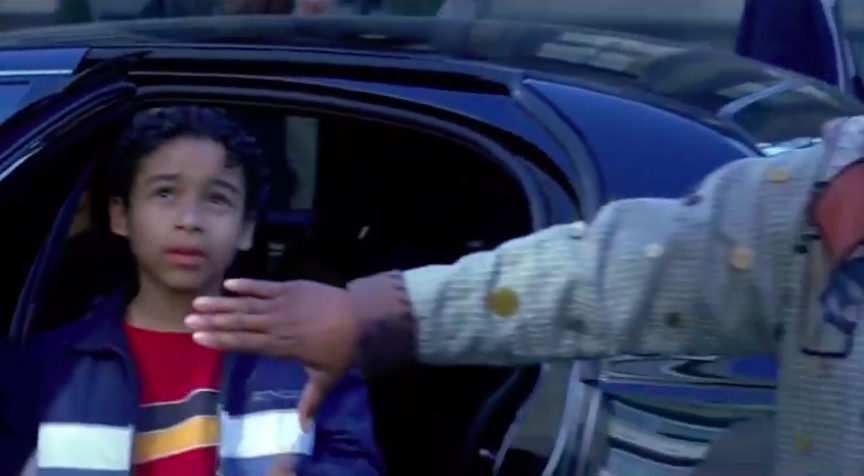

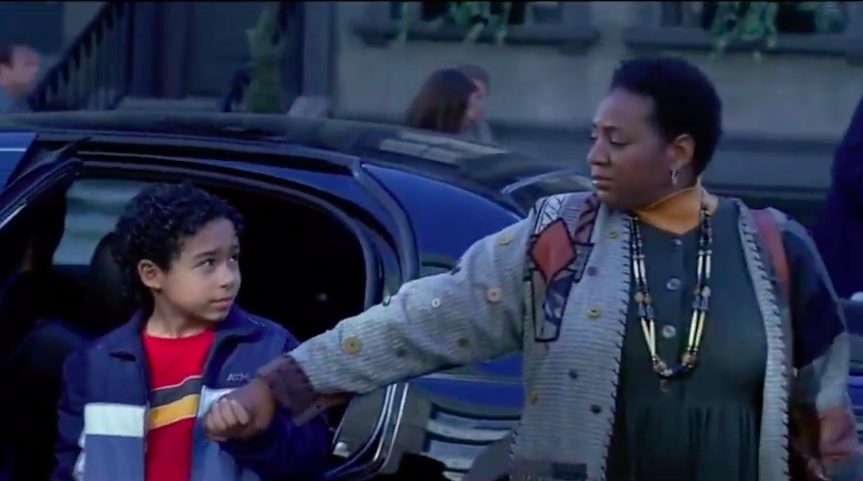
Comments